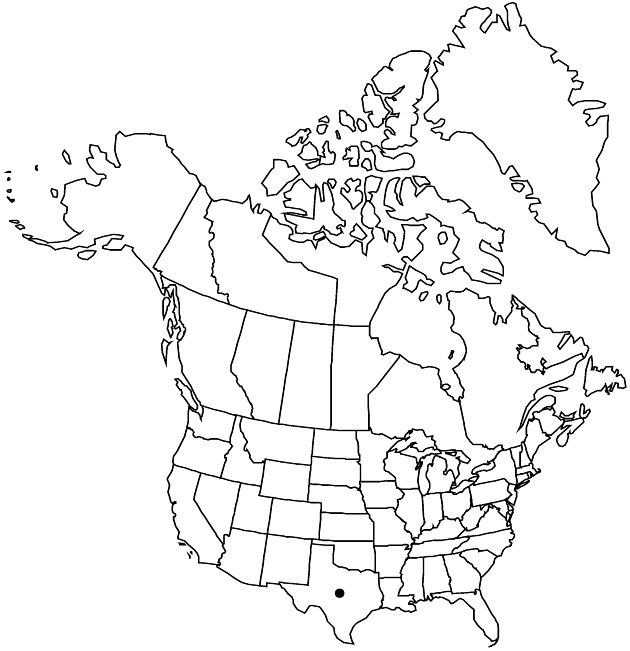Difference between revisions of "Ageratina havanensis"
Phytologia 19: 222. 1970.
Common names: Havana snakeroot
Basionym: Eupatorium havanense Kunth inA. von Humboldt et al. Nov. Gen. Sp. 4(fol.): 100. 1818; 4(qto.): 128. 1820
FNA>Volume Importer |
imported>Volume Importer |
||
| Line 53: | Line 53: | ||
|publication year=1970 | |publication year=1970 | ||
|special status= | |special status= | ||
| − | |source xml=https:// | + | |source xml=https://bibilujan@bitbucket.org/aafc-mbb/fna-data-curation.git/src/bb6b7e3a7de7d3b7888a1ad48c7fd8f5c722d8d6/coarse_grained_fna_xml/V19-20-21/V21_1400.xml |
|tribe=Asteraceae tribe Eupatorieae | |tribe=Asteraceae tribe Eupatorieae | ||
|genus=Ageratina | |genus=Ageratina | ||
Revision as of 21:57, 27 May 2020
Shrubs [trees], (30–)69–150(–200) cm. Stems erect (brittle), puberulent to glabrous. Leaves persistent, opposite; petioles 3–10(–15) mm; blades deltate to broadly ovate or somewhat hastate, (2–)3–5(–8) × 2–5 cm, bases truncate to cuneate, margins dentate, apices acute, faces glabrous or nearly so, eglandular. Heads clustered. Peduncles 2–14 mm, minutely puberulent. Involucres 4–6 mm. Phyllaries: apices acute, abaxial faces glabrous or nearly so. Corollas white to slightly pinkish, glabrous. Cypselae hispid. 2n = 34.
Phenology: Flowering mainly (Sep–)Oct–Nov(–Dec), also Apr–Jul.
Habitat: Bluffs, limestone outcrops and slopes, ledges along streams, often in oak-juniper woodlands
Elevation: 100–900 m
Distribution

Tex., Mexico, West Indies (Cuba).
Discussion
Ageratina havanensis apparently is the only species of the genus in the flora area with evergreen-persistent leaves.
Selected References
None.
Lower Taxa
None.